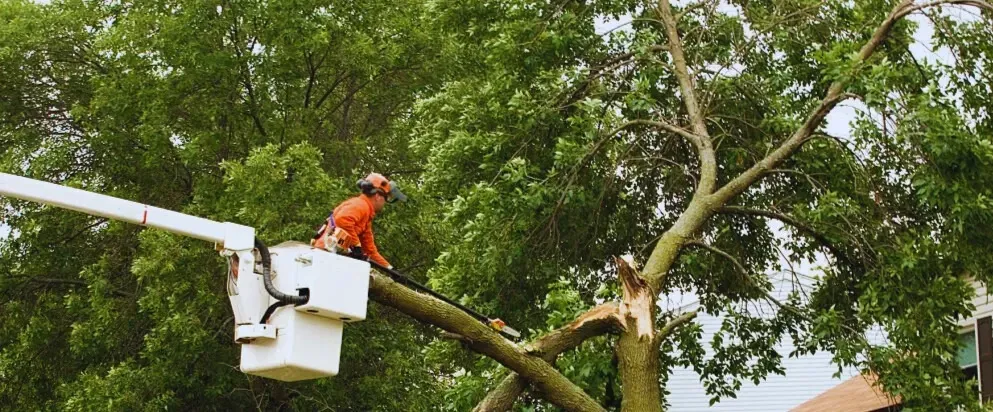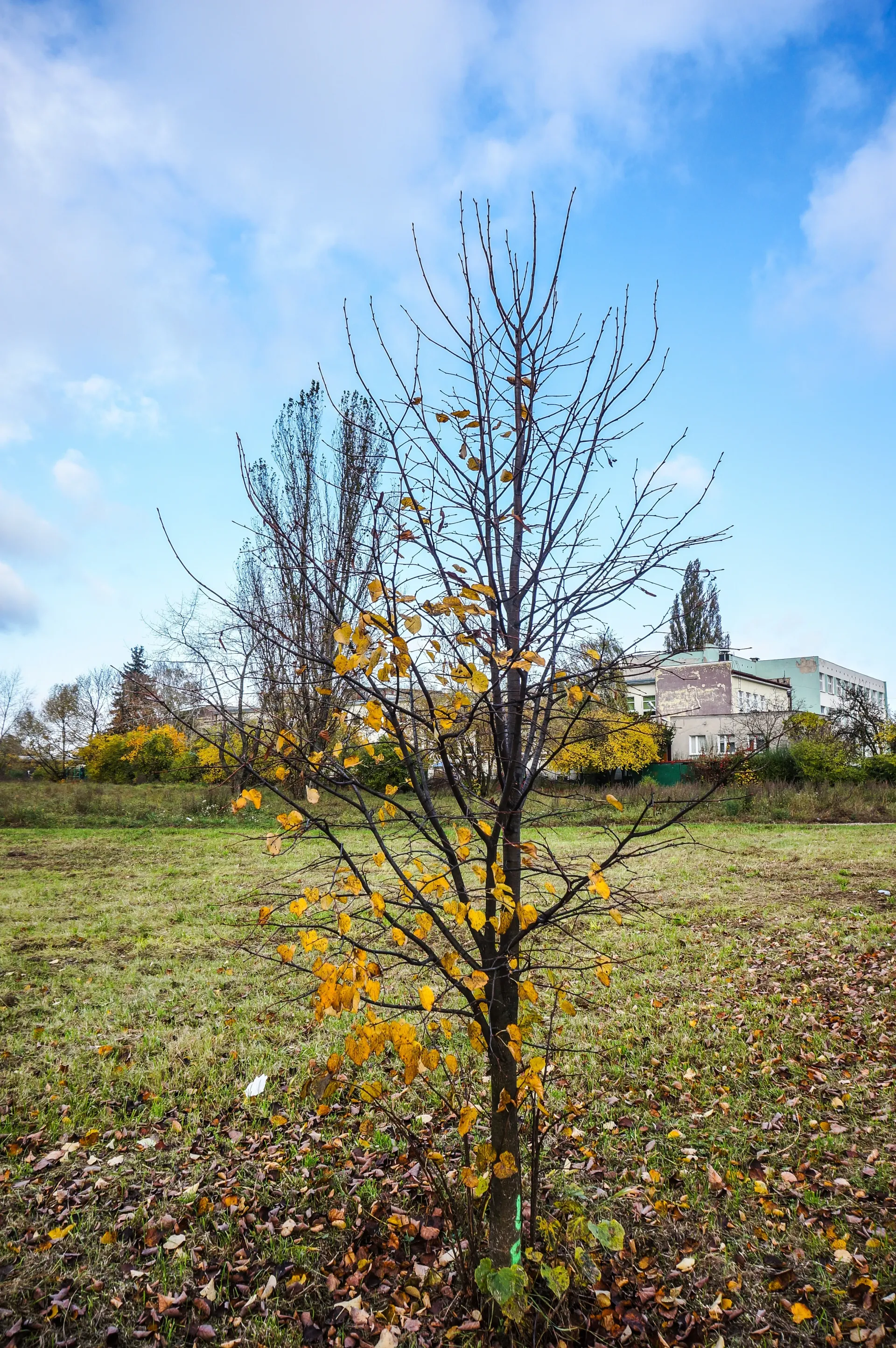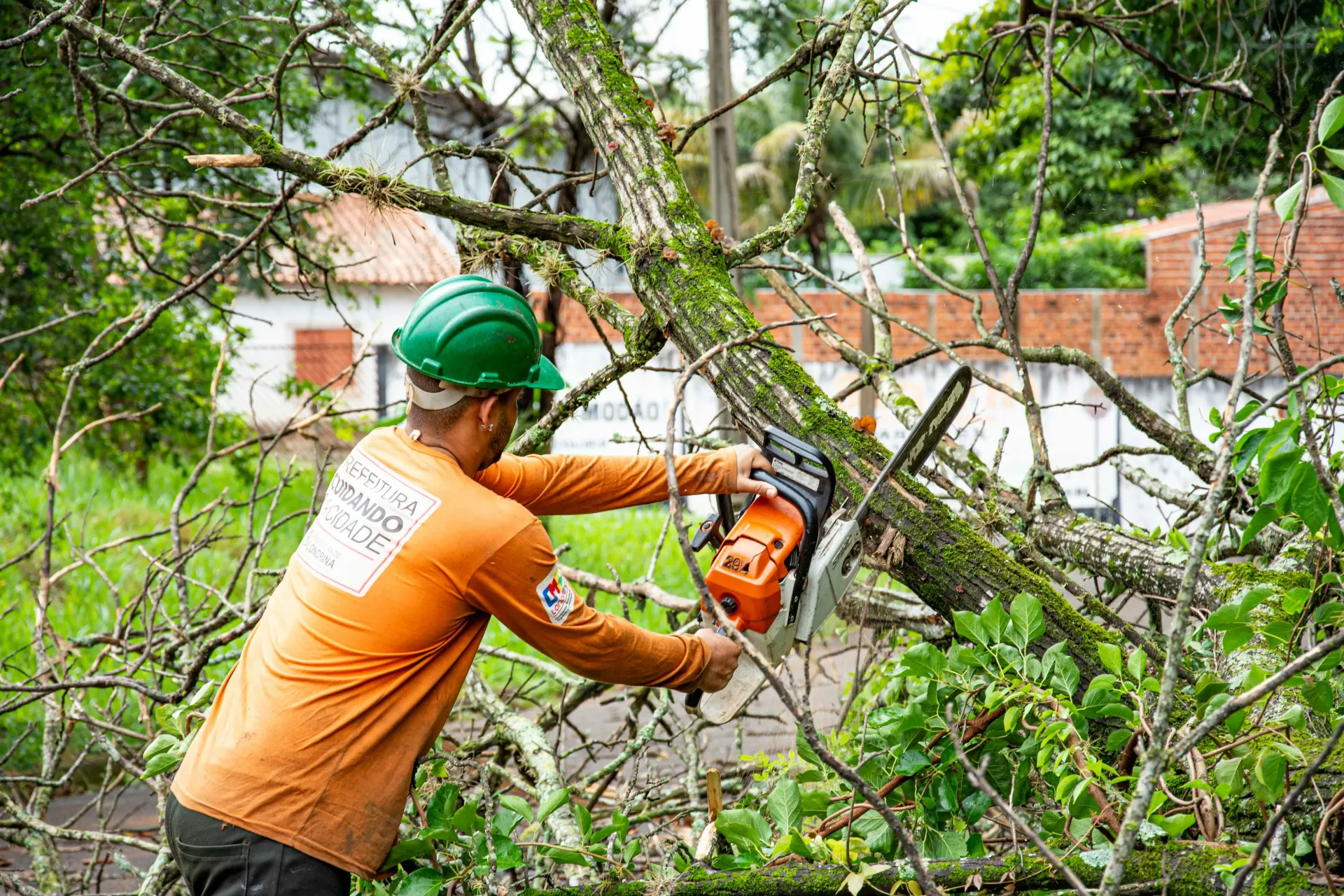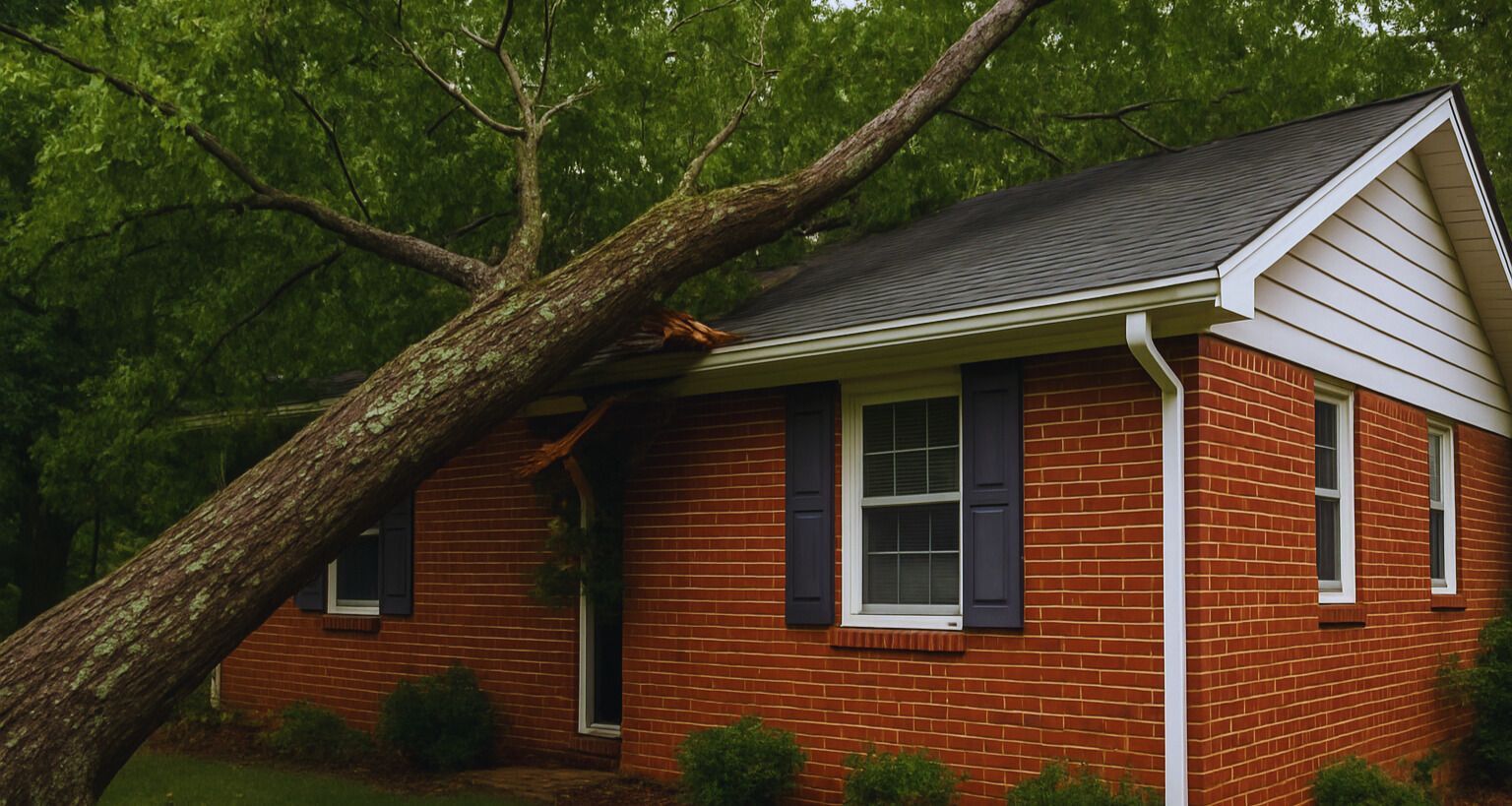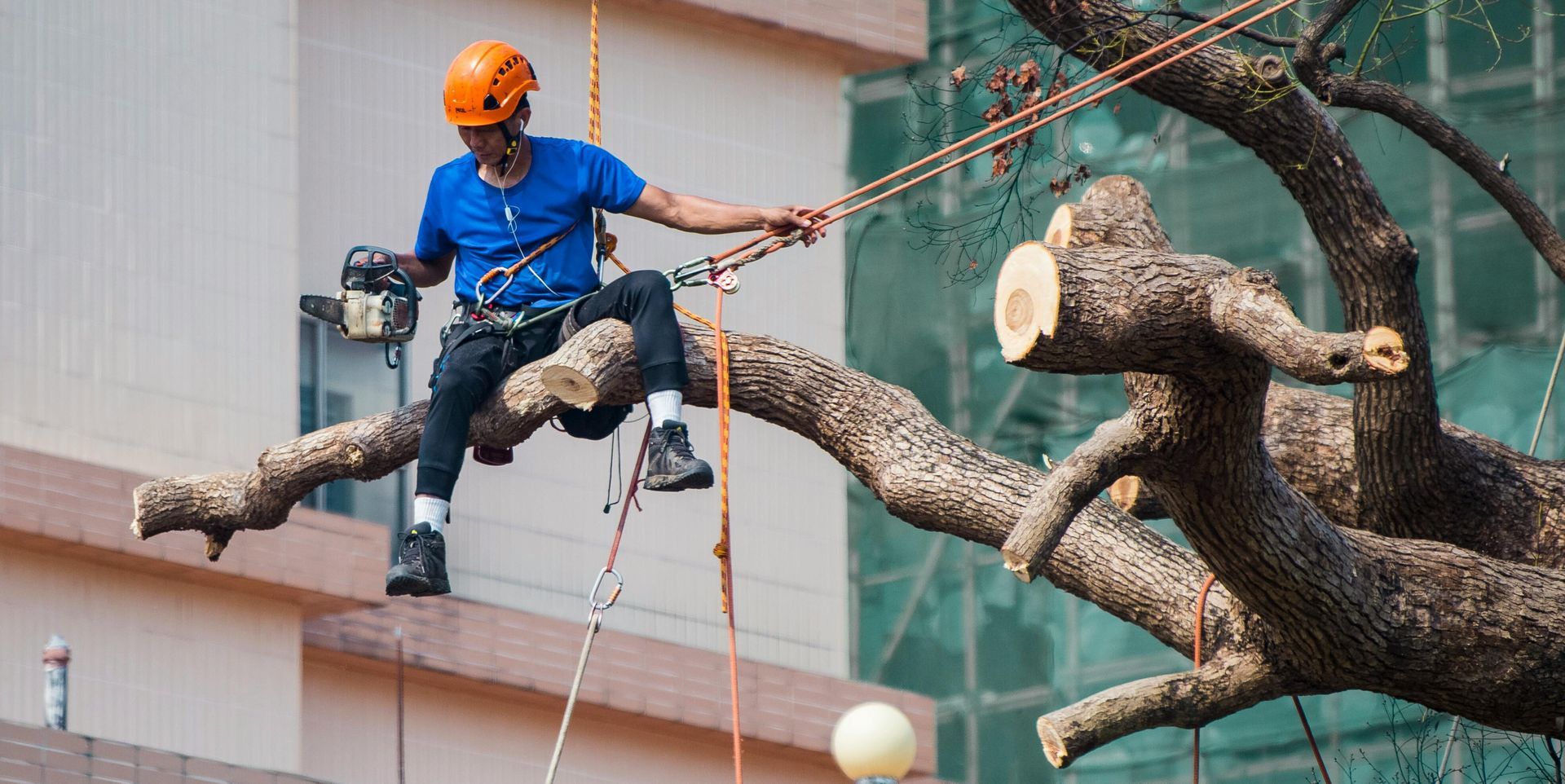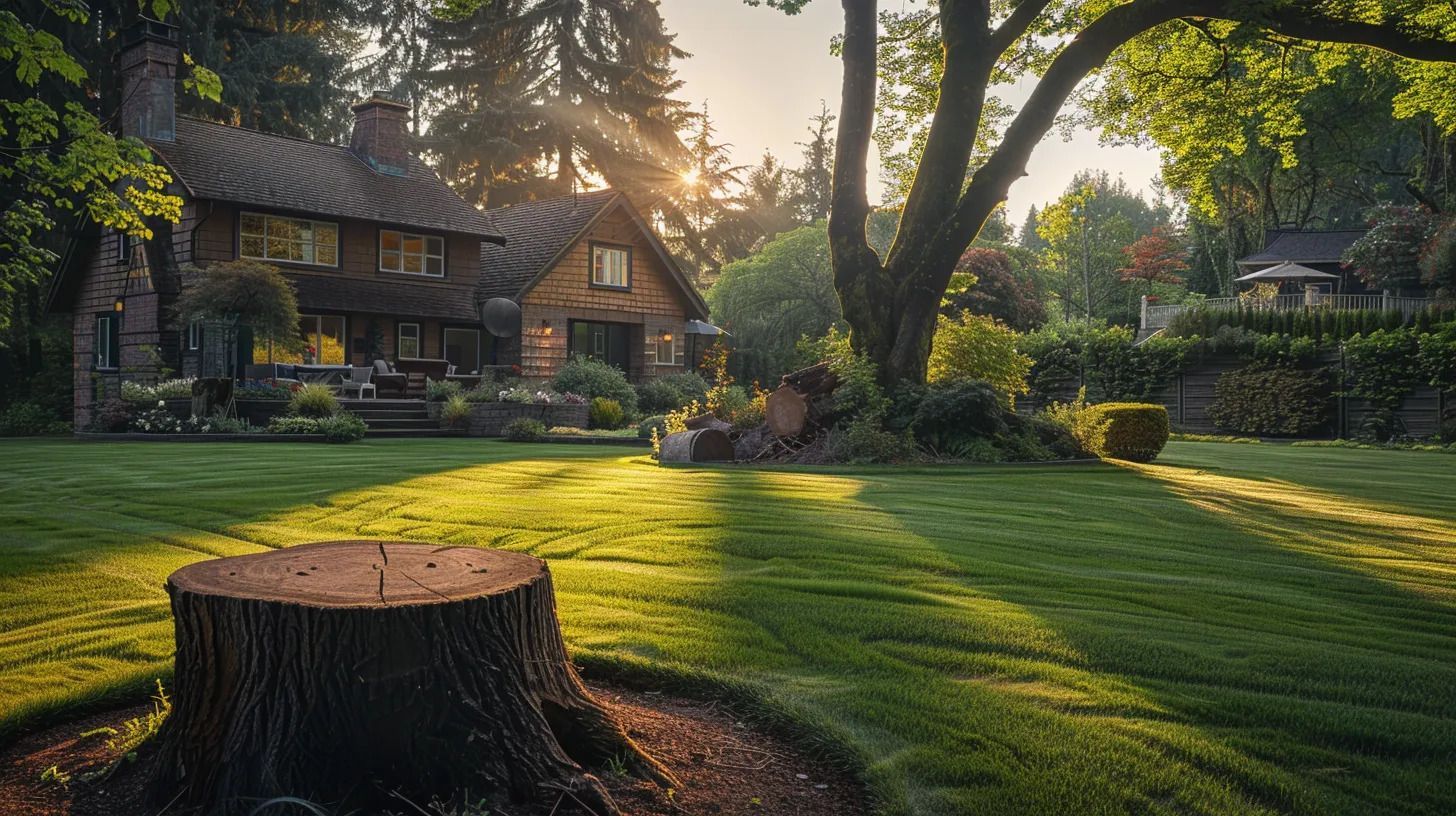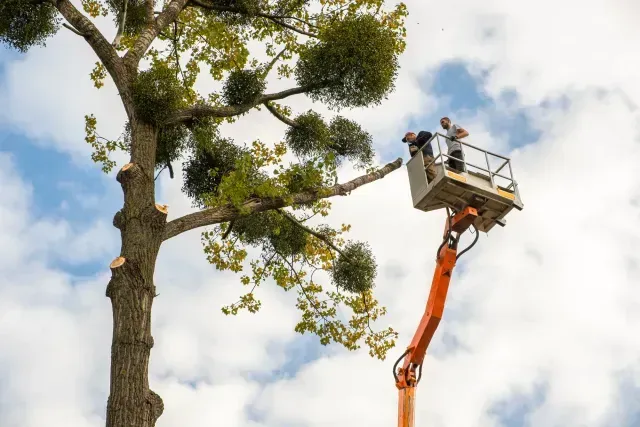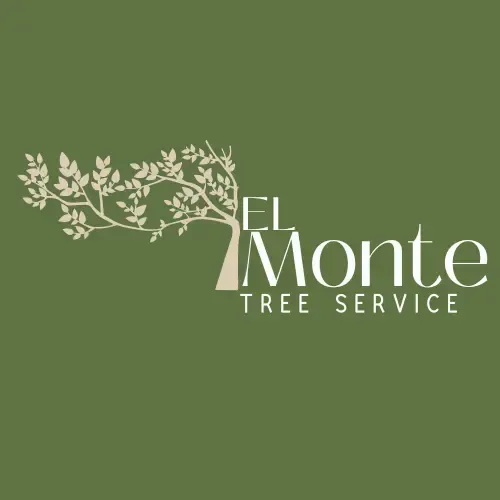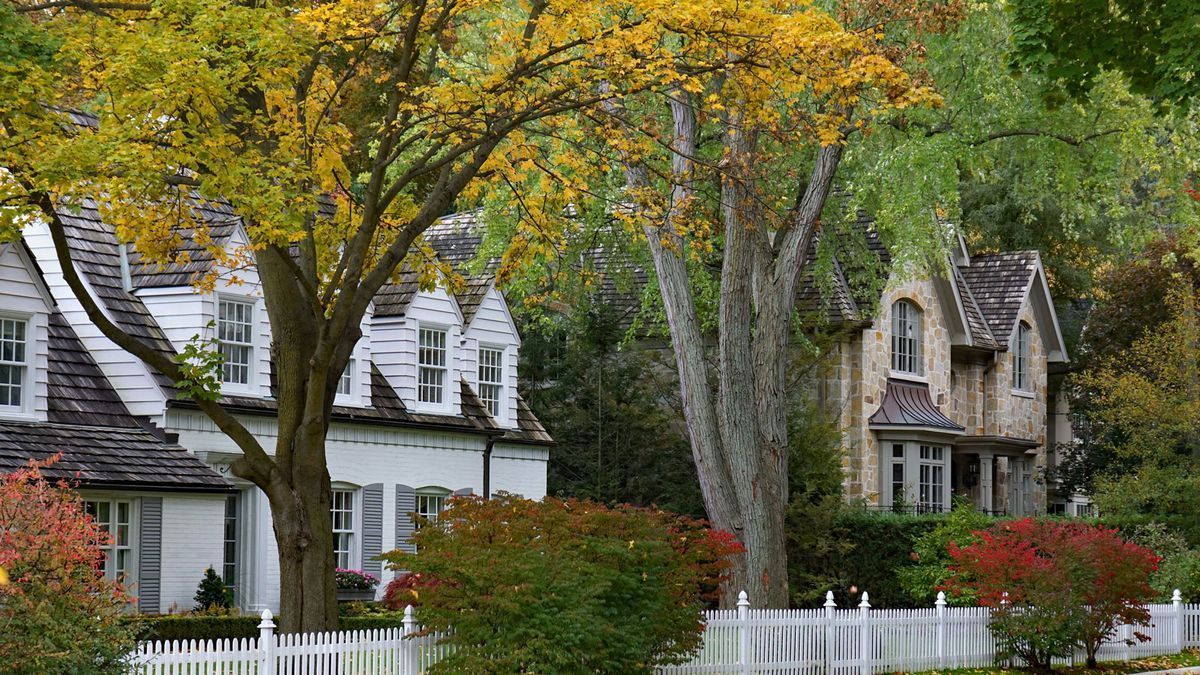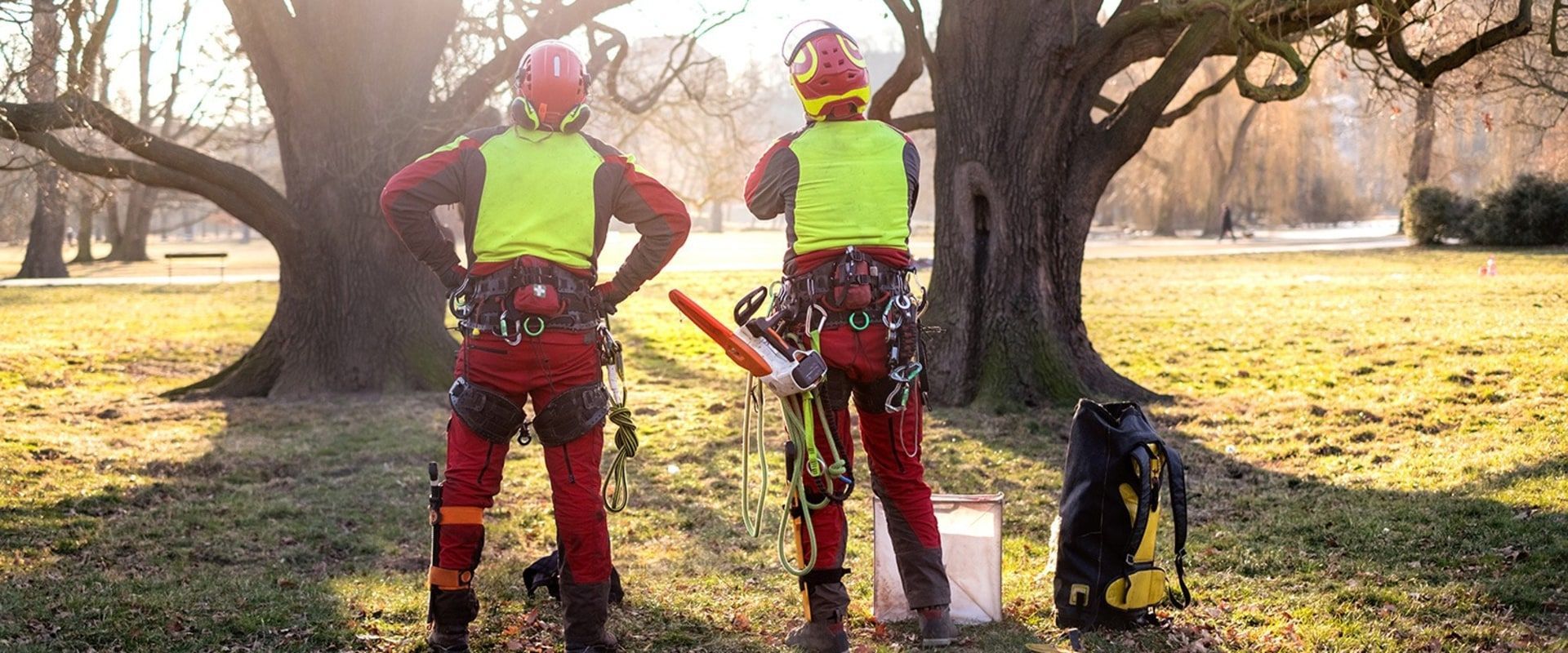Traditional vs. Modern Fertilization: Exploring the Pros, Cons, and Key Benefits
Introduction: Understanding Fertilization – Why It Matters
Fertilization is more than just feeding your plants. It's the lifeblood of agriculture, landscaping, and gardening—playing a critical role in soil nutrition, plant health, and crop yield. Whether you're maintaining a home garden or managing acres of farmland, knowing how to nourish the soil properly can mean the difference between thriving greenery and withering roots.
In this article, we’ll dive into the fascinating world of Traditional vs. Modern Fertilization and lay out their strengths, weaknesses, and what they offer in today’s ecological and agricultural context. If you're torn between natural compost and high-tech chemical solutions, we’ve got you covered.
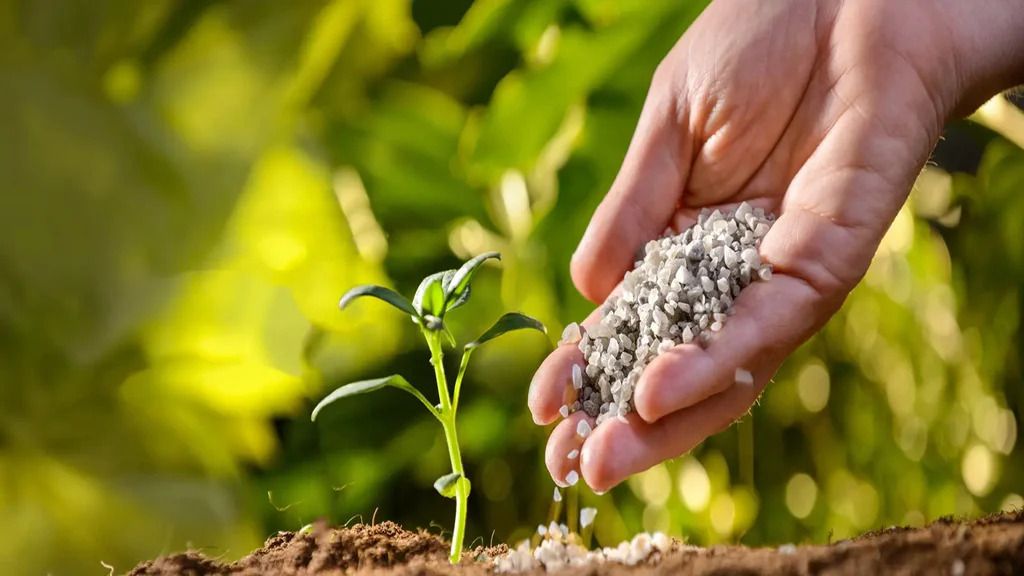
Traditional vs. Modern Fertilization
The debate between traditional and modern fertilization methods centers on philosophy, technology, and sustainability. Traditional methods are rooted in nature—composting, manure, and crop rotation—while modern techniques rely on synthetic chemicals and precision agriculture tools.
Choosing one over the other isn't always black and white. Each has distinct benefits and limitations, depending on the plant, environment, and desired outcome. Let's explore them both in-depth.
What Is Fertilization in Agriculture and Landscaping?
Fertilization is the process of adding essential nutrients to the soil to boost plant growth. Plants need nitrogen (N), phosphorus (P), and potassium (K), along with trace elements like calcium, magnesium, and sulfur. Fertilizers replenish these nutrients, which may be lost due to weather, irrigation, or harvesting.
In landscaping and tree care, proper fertilization enhances the growth of ornamental plants, lawns, and trees, improving resistance to pests and environmental stress. In agriculture, it can mean healthier crops and higher yields.
Natural Fertilizers: Organic Solutions From the Past
Traditional fertilization methods use natural, biodegradable materials like:
- Animal manure
- Compost
- Bone meal
- Green manure (cover crops)
Pros:
- Improves soil structure
- Encourages microbial activity
- Reduces chemical dependency
Cons:
- Nutrient levels are inconsistent
- Slower release of nutrients
- May carry pathogens if not treated
Natural methods excel in long-term sustainability and soil health. They feed the ecosystem as a whole rather than just the plant.
Synthetic Fertilizers: Scientific Advancements for Growth
Modern fertilizers are chemically engineered to provide immediate and specific nutrient needs. They often come as granules, liquids, or spikes.
Pros:
- Fast-acting
- Precise nutrient content
- Scalable for large operations
Cons:
- Potential for over-fertilization
- Can degrade soil structure over time
- Harmful runoff to waterways
Though modern options deliver fast results, they must be used with caution to avoid harming the environment.
Comparing Application Techniques in Traditional and Modern Fertilization
Traditional Application Methods:
- Spreading compost manually
- Using animal-based fertilizers
- Rotating crops for natural nitrogen fixation
Modern Application Methods:
- Precision irrigation systems
- Soil testing and GPS-guided nutrient mapping
- Foliar sprays and root injections
Modern tools improve accuracy and efficiency but often require higher upfront investment and expertise.
How Traditional Fertilization Affects the Environment
Natural fertilizers are generally less harsh on the environment. They:
- Encourage biodiversity
- Reduce the risk of runoff pollution
- Improve carbon sequestration in soil
However, if not managed well, even organic waste can cause problems like methane emissions or nutrient overload.
Environmental Concerns of Modern Fertilizers
The rapid results of synthetic fertilizers come at a cost:
- Eutrophication: Algal blooms from nitrogen runoff
- Soil acidification
- Groundwater contamination
- Loss of beneficial soil organisms
Responsible usage and environmental regulations help reduce these risks, but damage still occurs in regions with poor oversight.
Cost Analysis: Traditional vs. Modern Fertilizers
Traditional Fertilizers:
- Lower upfront cost (if composted at home)
- Labor-intensive
- Requires larger volume
Modern Fertilizers:
- Higher initial expense
- Easier and faster application
- More predictable results
For commercial use, modern fertilizers may be more cost-effective in the short term. But traditional methods often win in long-term sustainability.
Plant Growth Efficiency and Yield Outcomes
Modern fertilizers are excellent for rapid plant growth and higher yields, especially in commercial agriculture. Traditional methods provide more balanced growth and long-term soil resilience but may lag in immediate output.
The choice depends on your goals: quick yield or sustainable ecosystem?
Soil Health and Fertility Over Time
Synthetic fertilizers can weaken soil health over time, reducing its ability to hold water or support microbial life. Organic materials enrich the soil, building its long-term fertility and resilience to erosion.
Soil testing is a key practice, regardless of method, to avoid nutrient imbalance.
Fertilization for Trees, Lawns, and Shrubs
Tree and lawn care often requires a different approach. For example, mature trees benefit from deep root fertilization, often using slow-release organic material.
If you're unsure about the best practice for your yard or local trees, consider reaching out to a professional Tree Service.
Real-Life Scenarios: Choosing the Right Fertilizer for Urban Trees
In urban landscapes, space is limited and stress on plants is high. Traditional composting may not always be feasible. In such cases, controlled modern fertilization can enhance tree vitality and root strength.
However, it's crucial to avoid over-fertilization, which may weaken rather than strengthen urban trees.
Blending Traditional and Modern Fertilization Methods
The best approach may be a hybrid one:
- Use synthetic fertilizers for fast correction of nutrient deficiencies.
- Incorporate compost and organic mulch for long-term benefits.
- Rotate between the two depending on seasonal needs.
This blend delivers fast growth and sustainable soil health—a true win-win.
Fertilization and Tree Care: Local Service Case
If you’re located in an area with diverse landscaping needs, consult a local expert who understands both soil science and plant care. Many professionals, such as those at this Tree Service, offer tailored fertilization strategies using both traditional and modern practices.
What Arborists and Agronomists Recommend
Experts often suggest:
- Soil testing before any fertilization
- Avoiding synthetic overuse
- Layering compost with mulch
- Using controlled-release options for trees and shrubs
A customized plan works best. No single method fits all.
Frequently Asked Questions About Fertilization Practices
What’s better for the environment—traditional or modern fertilization?
Traditional methods are generally more eco-friendly, though both can be sustainable if managed correctly.
Do modern fertilizers damage soil in the long run?
Excessive use can harm soil structure and microbial life, so moderation is key.
How often should trees be fertilized?
Most mature trees need fertilization once or twice a year, depending on soil health and tree species.
Can I mix organic and synthetic fertilizers?
Yes, many professionals use a combined strategy to maximize effectiveness while maintaining soil integrity.
Is compost enough to replace synthetic fertilizers?
For small gardens and lawns, yes. For high-yield agriculture, compost may need to be supplemented.
Where can I get professional help with fertilization?
Reach out via the
Contact page for expert support in your area.
Choosing the Best Fertilization Strategy for Long-Term Success
Fertilization isn’t just about growth—it’s about sustainability, ecosystem health, and future resilience. Traditional vs. Modern Fertilization isn’t a battle but a balance. Both have vital roles to play in today’s world, from tree care to farming.
Explore what suits your goals best, and don’t hesitate to consult with local professionals who blend science and tradition to deliver thriving landscapes.
Links
